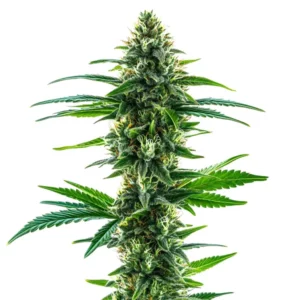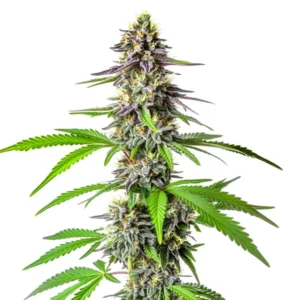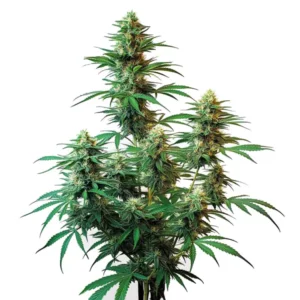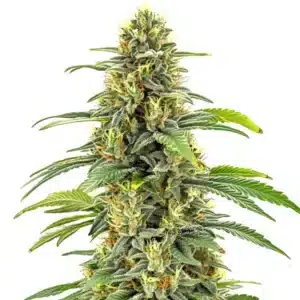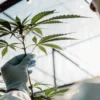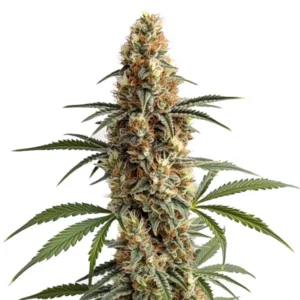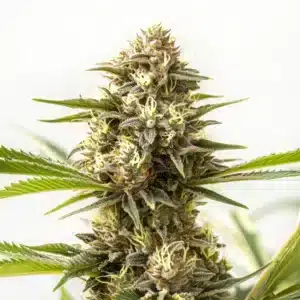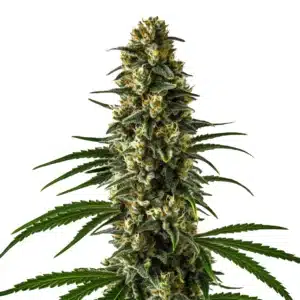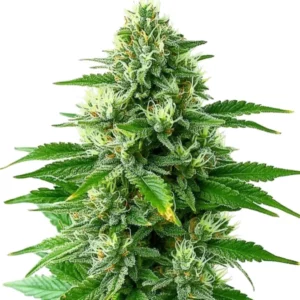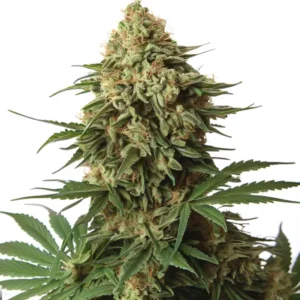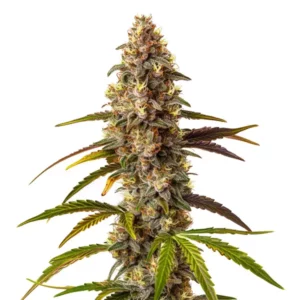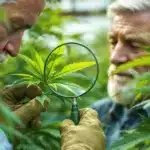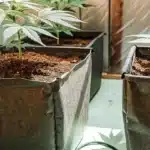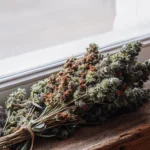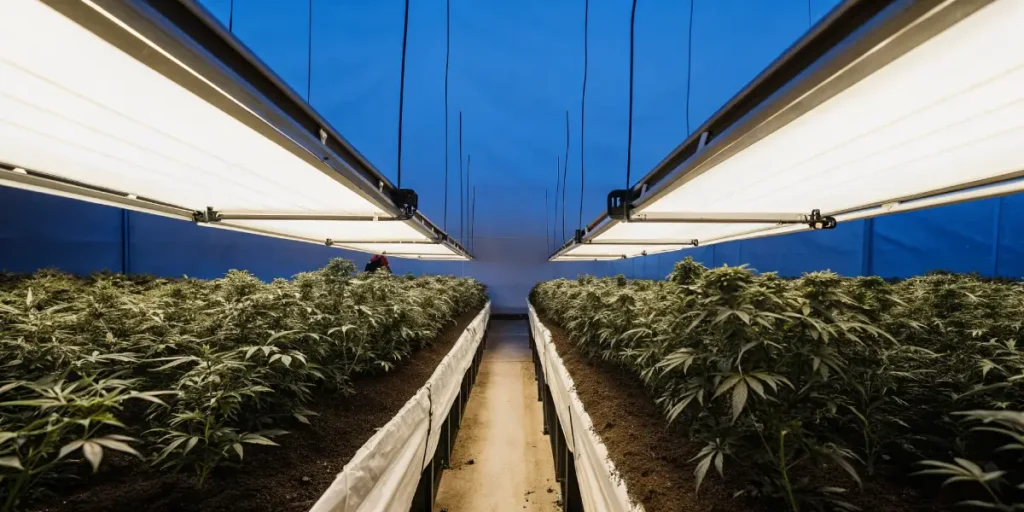
Cannabis Growth Tips and Tricks
Growing cannabis can be a rewarding journey, whether you’re a novice or a seasoned cultivator. Navigating through the world of cannabis growth tips and tricks can make your experience smoother and more fruitful. Let’s dive into practical advice to ensure your cannabis plants thrive.
Choosing the right strain is crucial. For instance, the Blue Dream strain is known for its resilience and balanced effect, making it a favorite among growers. It’s important to match the strain with your growing environment and personal needs.
Recommended Strains
Blue Dream
|
|
THC | 17% - 24% (Medium) |
|
|
Type | Feminized |
|
|
Yield | High |
|
|
Phenotype | 50% Indica / 50% Sativa |
GG4
|
|
THC | 27% (High) |
|
|
Type | Feminized |
|
|
Yield | High |
|
|
Phenotype | 40% Indica / 60% Sativa |
Knowing cannabis growth tips and tricks involves more than just planting seeds. It requires attention to detail and a willingness to adapt. From selecting the right soil to providing adequate light, each step plays a vital role in the plant’s development.
Setting Up Your Grow Space
Creating an optimal environment is one of the best practices for growing cannabis at home. You can start by selecting a space that’s easily accessible but discreet. This space should allow you to control light, temperature, and humidity effectively.
For those interested in indoor cannabis cultivation tips for beginners, consider a small tent setup. It’s a manageable and scalable option. Ensure your grow space has good air circulation and access to fresh air, which is vital for healthy plant growth.
Consider incorporating reflective materials such as Mylar or white paint on the walls of your grow space to enhance light efficiency. This setup ensures that your plants receive maximum light exposure, which is crucial for robust growth and development.
Setting up a grow space also involves organizing your tools and equipment for easy access. Keeping a tidy and organized area improves workflow and minimizes the risk of contamination or pest infestations, enhancing your overall growing success.
Light and Temperature Control
Light is a critical factor. Cannabis plants require different light cycles depending on their growth stage. During the vegetative phase, 18 hours of light and 6 hours of darkness is ideal. In the flowering stage, switch to 12 hours of light and 12 hours of darkness.
Temperature also plays a significant role in optimizing cannabis plant growth conditions. Aim to keep your grow room between 70°F and 85°F during the day and slightly cooler at night. A stable temperature range helps prevent stress and encourages robust growth.
Implementing a programmable timer for your lights ensures consistency in light cycles, which is an important aspect of cannabis growth tips and tricks. Consistent light schedules prevent stress and promote healthy development throughout all growth stages.
Utilize fans and exhaust systems to maintain optimal temperature and airflow. This setup helps in managing not only the temperature but also the humidity levels, which are important facets of optimizing cannabis plant growth conditions.
Soil and Nutrients
Choosing the right soil and nutrients is crucial for healthy cannabis plants. Opt for a well-draining soil mix rich in organic matter. Consider using coco coir, which retains moisture well and provides excellent aeration.
Nutrients are essential, but overfeeding can be detrimental. Start with a balanced nutrient solution and adjust based on the plant’s needs. Look for signs of deficiencies, such as yellowing leaves, which may indicate a need for more nitrogen or other nutrients.
To enhance soil health and nutrient availability, consider incorporating organic compost or worm castings. These organic methods for cannabis pest control not only enrich the soil but also introduce beneficial microorganisms to protect against pests.
Regular soil testing can provide valuable insights into pH levels and nutrient availability, aiding you in making informed adjustments to your feeding schedule. This practice aligns with best practices for growing cannabis at home.
Promos & Deals
Maximizing Yield in Small Spaces
Even in small grow spaces, maximizing yield is possible with the right cannabis growth tips and tricks. Techniques such as topping and low-stress training (LST) can encourage plants to grow bushier and produce more buds.
Consider the Gorilla Glue #4 strain for small spaces. Its compact growth and high yield make it an excellent choice for limited areas. Pay attention to the plant’s canopy to ensure even light distribution.
Implementing a screen of green (SCROG) method can further maximize yield in limited spaces. This technique involves using a screen to train plants horizontally, optimizing light penetration and encouraging more bud sites to form.
Regular pruning and removing lower leaves that do not receive enough light helps focus the plant’s energy on producing more buds. This technique is part of maximizing yield in small cannabis grow spaces and ensures healthier plants overall.
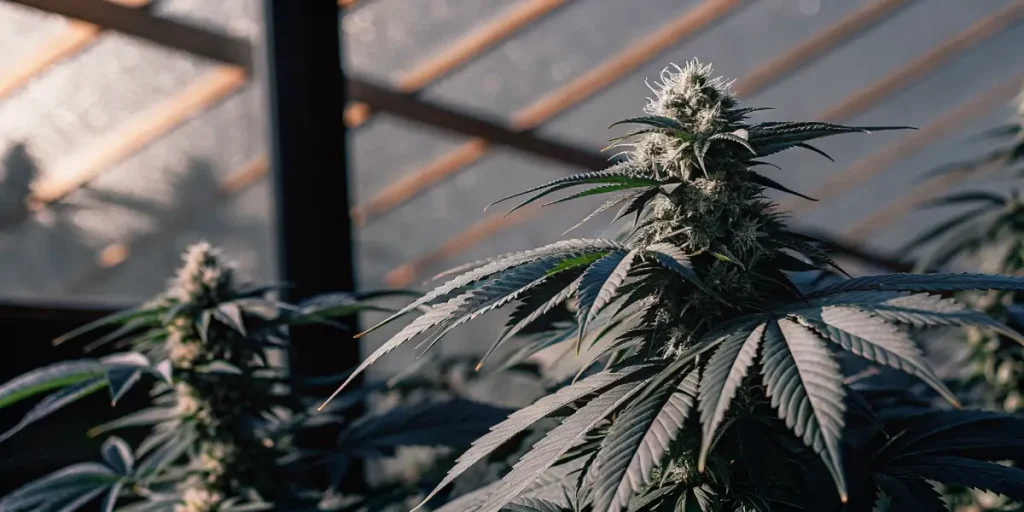
Watering Techniques
Proper watering is fundamental. Overwatering is a common mistake among new growers. Allow the soil to dry out slightly between waterings to prevent root rot. Lift the pots to feel their weight; lighter pots often indicate it’s time to water.
Use pH-balanced water to ensure nutrient uptake. The ideal pH range for cannabis is between 6.0 and 7.0. Regularly test your water’s pH and adjust as needed. This practice helps prevent nutrient lockout and keeps your plants healthy.
Adopting a consistent watering schedule tailored to your plant’s specific needs is part of cannabis growth tips and tricks. This approach minimizes the risk of over or under-watering, both of which can stress plants and hinder growth.
Mulching the top layer of your soil helps retain moisture and reduce watering frequency. It also provides a barrier against soil-borne pests, contributing to organic methods for cannabis pest control.
Harvesting and Curing
Knowing when to harvest is as important as the growing process. Look for signs such as the color of trichomes, which should be milky white with some turning amber. Harvesting at the right time maximizes potency and flavor.
Once harvested, curing is the next step. Hang the buds upside down in a dark, well-ventilated area. Keep the temperature around 70°F and humidity at 50%. This process can take two to four weeks but enhances the quality of your cannabis greatly.
During the curing process, regularly check the buds for mold and mildew. This vigilance is essential for maintaining quality and ensuring that your efforts in optimizing cannabis plant growth conditions are preserved.
Once curing is complete, store your cannabis in airtight containers in a cool, dark place. This storage method prolongs the shelf life and maintains the potency and aroma of your harvest, which is the final reward for following best practices for growing cannabis at home.
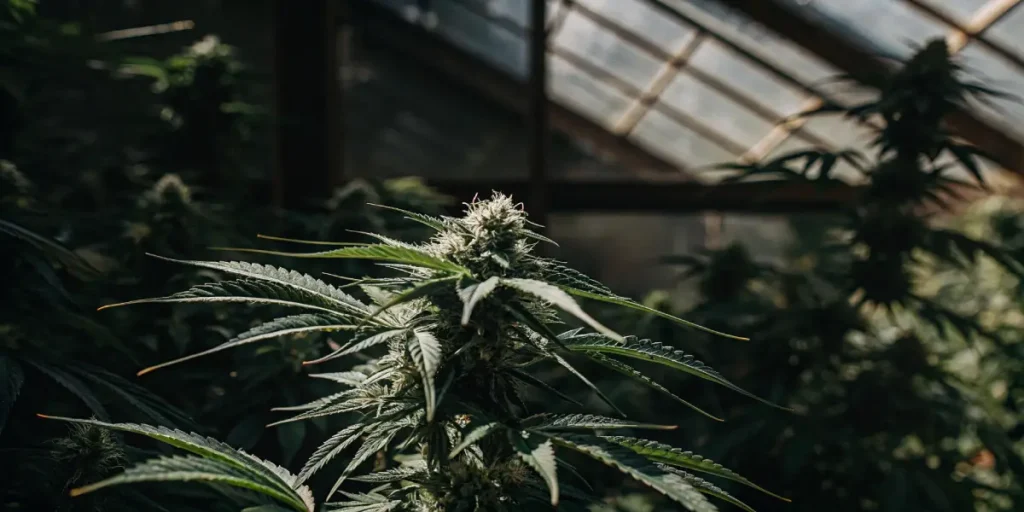
FAQs
What are the best practices for growing cannabis at home?
Growing cannabis at home requires attention to detail and a commitment to maintaining optimal conditions. Start by selecting a suitable strain and setting up a controlled environment. This includes managing light, temperature, and humidity levels effectively.
Utilize organic methods for pest control to keep your plants healthy without harmful chemicals. Regular monitoring and adjusting your approach based on the plant’s needs will help you achieve a successful harvest.
Documenting your growing process in a journal can be one of the best practices for growing cannabis at home. This record helps track what works best for your plants and allows for adjustments in future grows.
Engaging with online communities and forums can provide additional indoor cannabis cultivation tips for beginners. Sharing experiences and learning from others can enhance your growing skills and lead to more successful harvests.
Can you provide indoor cannabis cultivation tips for beginners?
Beginners should focus on creating a manageable setup. A small grow tent with proper ventilation is a great start. Use LED lights for efficient energy use and adjust them according to the plant’s growth stages.
Pay close attention to watering practices and avoid overwatering. Keep a journal to track your plants’ progress, noting changes and any interventions. This will help you learn and improve your cultivation skills over time.
Starting with a small number of plants allows beginners to focus on mastering basic cannabis growth tips and tricks without becoming overwhelmed. This approach ensures a solid foundation for future growing endeavors.
Investing in a hygrometer and thermometer is part of optimizing cannabis plant growth conditions. These tools help maintain ideal environmental conditions, crucial for beginners to ensure healthy plant development.
How can I optimize cannabis plant growth conditions?
Optimizing growth conditions involves balancing several factors. Ensure your plants receive the right amount of light and maintain a stable temperature and humidity level. Consistent monitoring and adjustments are key.
Invest in quality soil and nutrients to support healthy growth. Regularly check for signs of nutrient deficiencies or pest issues. Addressing these quickly will keep your plants thriving and lead to a more abundant yield.
Incorporating automated systems for lighting and watering can aid in optimizing cannabis plant growth conditions. Automation ensures consistency and reduces human error, leading to healthier plants.
Regularly calibrating equipment such as pH meters and light timers ensures they function accurately, a critical step in maintaining the best practices for growing cannabis at home.
What are organic methods for cannabis pest control?
Organic pest control methods include introducing beneficial insects like ladybugs to manage pests naturally. These insects prey on common pests such as aphids and spider mites, keeping your plants safe without harmful chemicals.
Neem oil is another effective organic solution. It disrupts the life cycle of pests and prevents infestations. Regular application of neem oil can keep your plants healthy and free from harmful pests throughout the growth cycle.
Companion planting is an organic method that involves growing certain plants alongside cannabis to naturally repel pests. Plants like basil and marigold can deter harmful insects and promote a healthy growing environment.
Maintaining a clean grow space and removing dead plant material helps prevent pest infestations. This proactive approach is part of cannabis growth tips and tricks and ensures a pest-free growing environment.
How can I maximize yield in small cannabis grow spaces?
To maximize yield in small spaces, use techniques such as topping and low-stress training (LST). These methods encourage your plants to grow horizontally, allowing for more bud sites and better light penetration.
Choose strains that are known for high yields in compact forms, like the Gorilla Glue #4. Pay attention to your plant’s canopy and ensure even light distribution to all parts of the plant, which will aid in maximizing your harvest.
Regular defoliation of lower and inner leaves enhances light penetration, promoting better bud development in small spaces. This practice is key to maximizing yield in small cannabis grow spaces.
Using vertical space efficiently with shelving or stacked pots can increase your growing capacity without expanding your footprint, a vital consideration for those with limited growing space.




